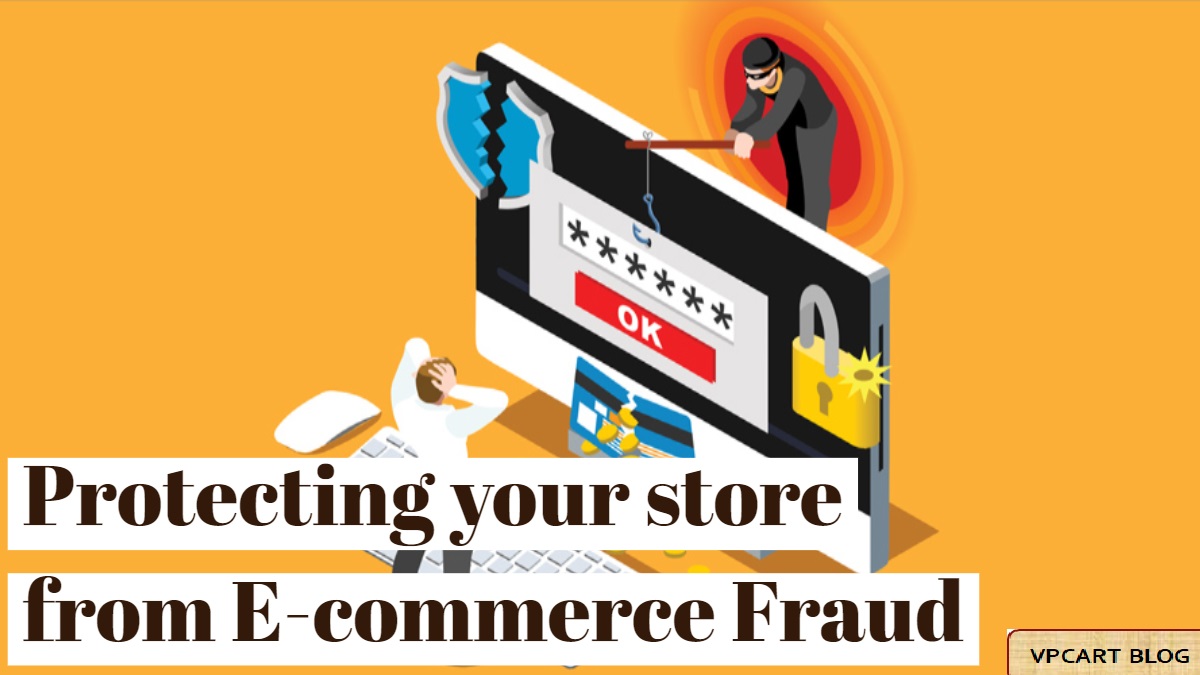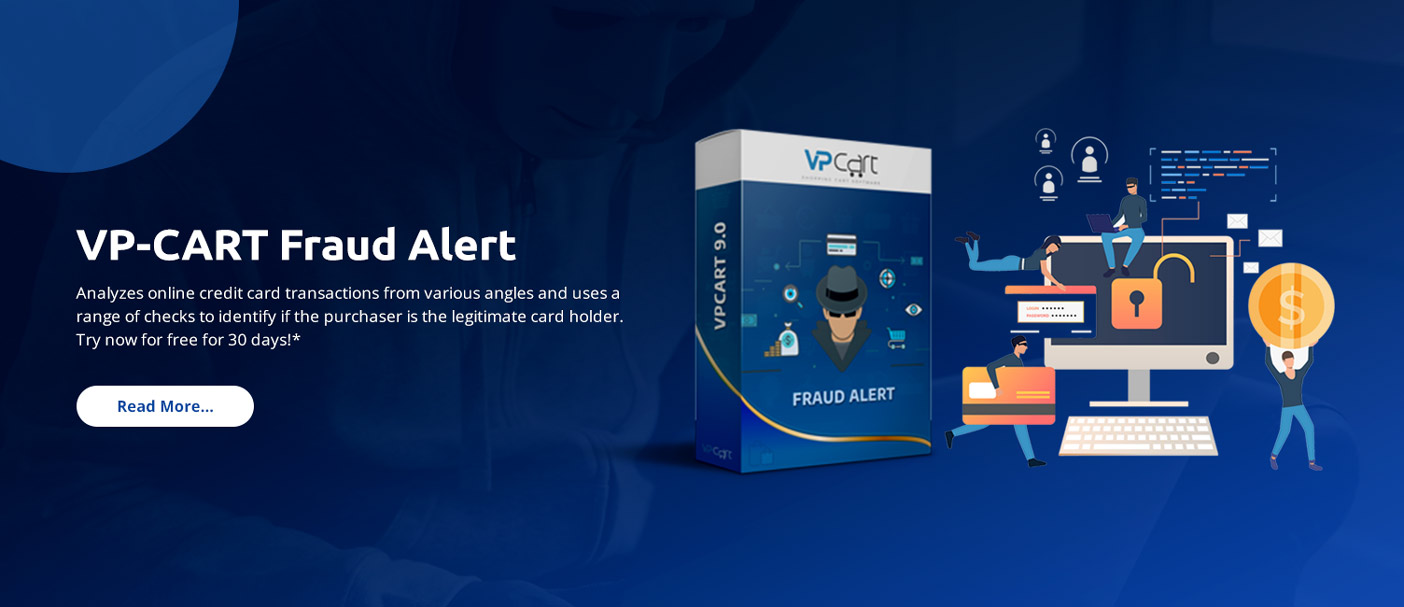How Much Do You Know about E Commerce Fraud


According to the Association of Certified Fraud Examiners, almost 50% of small businesses fall victim to fraud at some point in their business lifecycle.
Aside from phishing and hacking, if you accept a fraudulent payment, you could be held financially accountable for the loss. Having to deal with a fraudulent transaction — the chargeback process, and the potential hit to your company’s reputation — is an unpleasant experience that is best avoided
So, how can you best prevent fraud on your online store? Let’s examine common types of fraud and discuss some ways to curb it.
There are many types of online fraud, but they can be broadly categorized in the following two buckets:
A. Account takeover (ATO): this fraud involves a criminal gaining unauthorized access to a user’s account and using it for some type of personal gain. With a large number of accounts people have online, an increase in activities like online shopping and banking, and the frictionless payment systems many businesses have in place, the environment is ripe with opportunity for criminals looking to make some cash. One report cited account takeover fraud as responsible for losses of $5.1 billion in 2017 alone.
In one of the most common tactics, fraudsters send emails to trick customers into revealing usernames and passwords. They then log into your customers’ accounts, change the passwords and make unauthorized purchases. The use of bots has also been used to obtain confidential information from customers.
B Identity theft: Although most businesses take many precautions to secure customer data, fraudsters still manage to hack into databases and steal usernames, passwords, credit card numbers, and other personal information.
Hackers often sell credit card numbers to other scammers, who then open accounts with eCommerce merchants and use the stolen numbers to pay for purchases.
This type of eCommerce fraud is difficult to detect because many people don’t check their credit card statements thoroughly — and because victims typically have no idea that someone opened an online account in their names.
Managing Your Risk
Although the potential for fraud is high for online transactions, you don’t have to concede and accept it as a business cost.
So, what can you do to protect your business? There are multiple methods of curbing online fraud prevention, including beefing up your site’s security measure.
Bump up your Payment Security
The methods that you use to collect payments online can make a big difference in the number of fraud instances that you have.
Be sure to collect security codes for all credit card transactions online. For extra security, use CAPTCHA to tell the difference between real human customers and bots trying to scam a transaction.
Monitor your Transactions
Check transactions and look for red flags that something isn’t quite right, including suspicious email addresses, and shipping and billing addresses that don’t match. If something seems strange about the address, look it up on Google Maps or send the shipment with a tracking number and require a signature for delivery.
Final Words
If you’re currently using VPCART for your retail site, then rest assured because VPCART is PCI DSS compliant. If your site is being managed on another platform, you might need to look into the PCI compliance of that site.
Click on te image above for a Surprise




















 TrustGuard - PCI Security Scanner
TrustGuard - PCI Security Scanner
